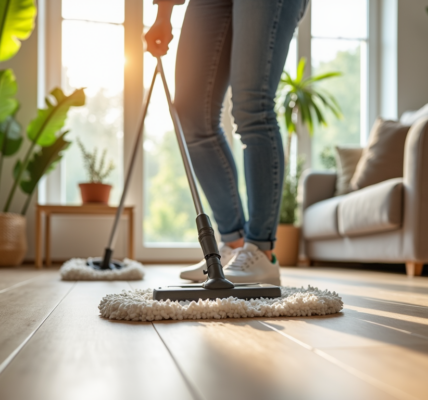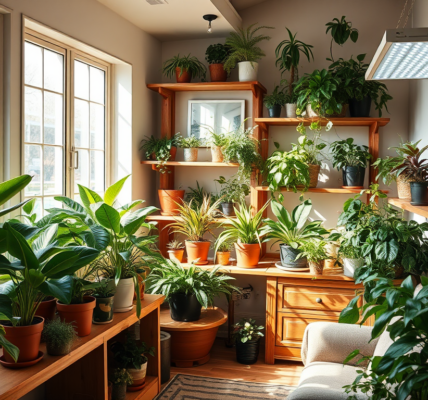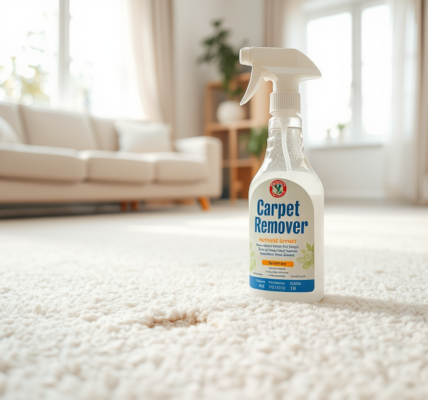Improving indoor air quality is crucial for better breathing and maintaining overall health, especially for those who spend the majority of their time indoors. Poor indoor air can lead to various health problems, including allergies, respiratory issues, and even long-term disease. Luckily, there are several steps that can be taken to enhance the air quality in your home, allowing you and your loved ones to breathe easier.
Understanding Common Indoor Air Pollutants
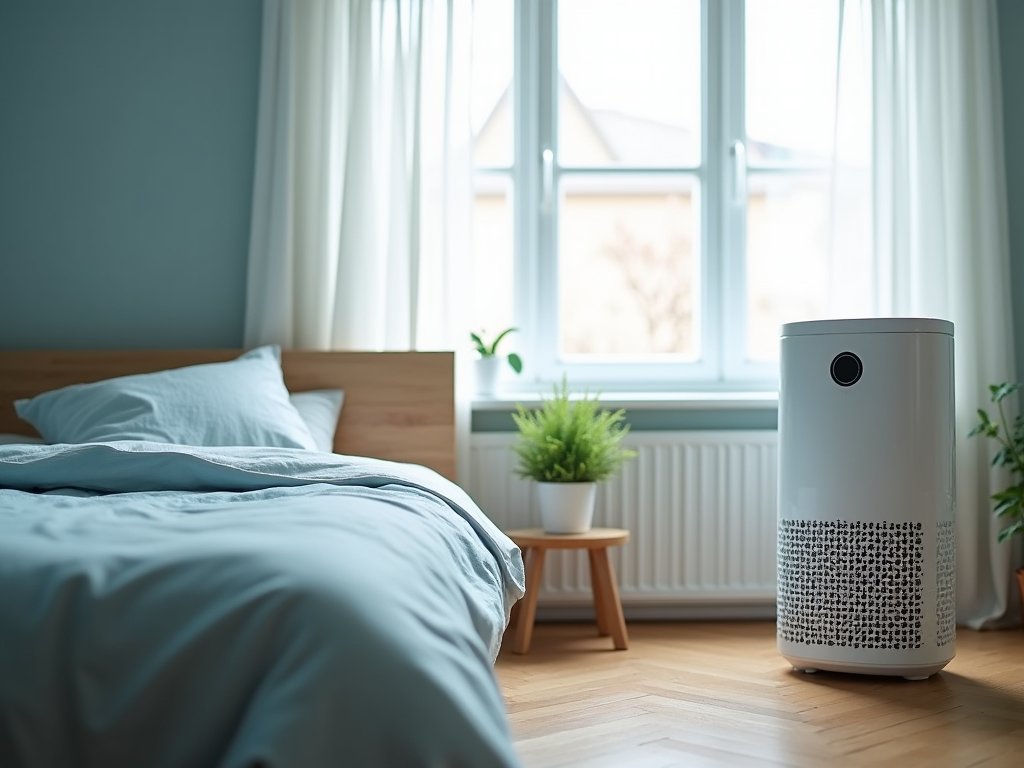
Before you can effectively improve your home’s air quality, it’s important to understand the common pollutants that might be affecting your atmosphere. Indoor air pollutants can stem from multiple sources including tobacco smoke, pet dander, mold spores, pollen, and household cleaning agents. These pollutants can be inhaled, leading to a myriad of health issues, from minor irritations to serious lung diseases.
Household products can release volatile organic compounds (VOCs) that contribute significantly to poor indoor air quality. Moreover, inadequate ventilation allows pollutants to build up over time. Recognizing the presence and source of these pollutants can help in taking actionable steps to mitigate them, such as opting for products with low VOCs and maintaining a clean living environment. By identifying and addressing these sources, you lay the groundwork for improved air quality.
Improving Ventilation
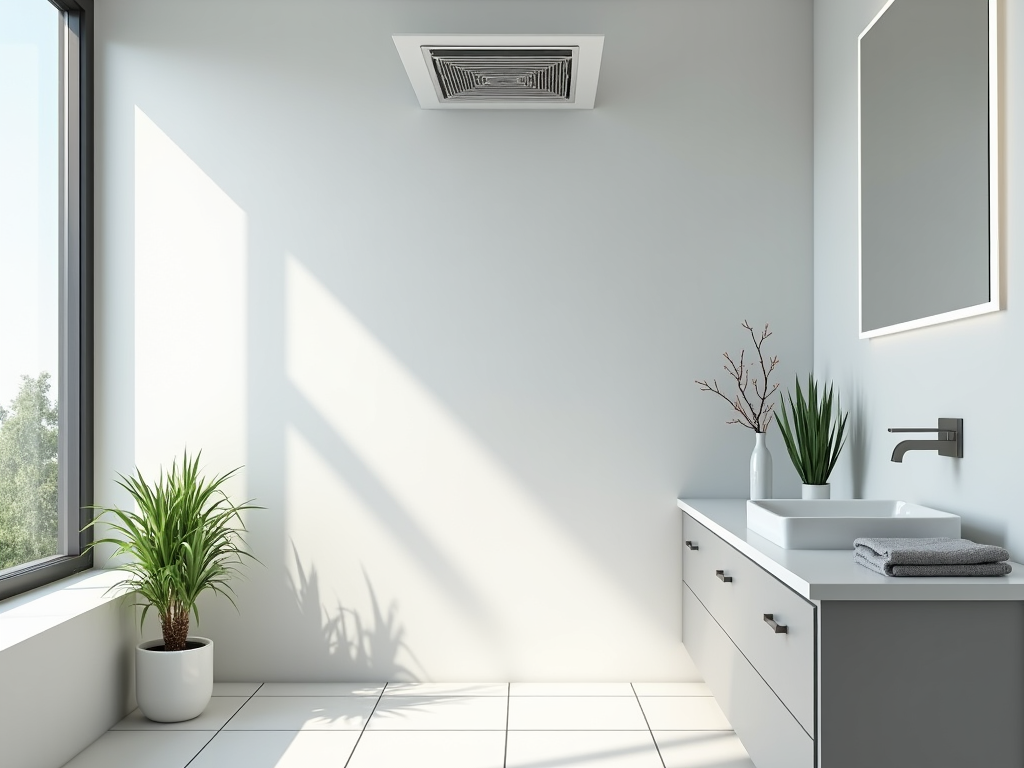
Ventilation is one of the most effective ways to enhance indoor air quality. Ensuring that your home is well-ventilated allows for a continuous exchange of indoor and outdoor air, which helps dilute pollutants present inside. Opening windows and doors is a simple yet effective method to boost ventilation, especially during mild weather.
If your house lacks proper ventilation, consider installing exhaust fans in areas such as the kitchen and bathroom, which are prone to higher moisture and pollutant levels. Another option is to invest in energy-efficient ventilation systems. These systems not only improve air circulation but also help in maintaining optimal indoor temperature and humidity levels. By prioritizing ventilation, you can significantly reduce the concentration of indoor pollutants.
Adopting an Indoor Greenery Approach
Houseplants are not just great for aesthetics; they also play a significant role in purifying the air. Certain plants can absorb toxins and release fresh oxygen into your home, leading to improved air quality. Popular air-purifying plants include spider plants, snake plants, peace lilies, and English ivy.
Integrate these plants into various parts of your home to cover different areas. When choosing plants, consider factors such as the amount of natural light they’ll receive and the specific pollutants they are effective against. Not only do plants improve air quality, but they also promote mental well-being and create a calming environment. A home filled with lush greenery is a step towards cleaner indoor air and a healthier lifestyle.
Regular Cleaning and Maintenance
Keeping your living space clean is essential for maintaining good indoor air quality. Dust, pet hair, and other allergens can accumulate quickly and become airborne, affecting your air quality. Make it a habit to vacuum carpets and upholstery at least once a week using a vacuum with a HEPA filter. This filter type is ideal for capturing tiny particles.
It’s also important to wash bedsheets and curtains regularly in hot water to eliminate dust mites. Additionally, clean air conditioning and heating system filters frequently, as they can easily become clogged with dirt and debris, reducing efficiency and air cleaning effectiveness. A clean home is fundamental to minimizing indoor pollutants and ensuring healthier air.
Air purifiers can be a game-changer in improving your indoor air quality. These devices work by capturing pollutants like dust, pollen, and smoke from the air. When selecting an air purifier, opt for units with HEPA (High-Efficiency Particulate Air) filters known for their efficiency in trapping fine particles.
Position air purifiers in strategic locations around your home for optimal effectiveness. For instance, placing a unit in the bedroom can significantly enhance air quality where you spend a significant amount of time. Regular maintenance of the device, such as changing filters, ensures it operates at peak performance. Using air purifiers in conjunction with other methods discussed maximizes indoor air quality improvement efforts.
Conclusion
Improving indoor air quality is not only essential for better breathing but is also remarkably achievable through practical steps. By identifying and mitigating pollutants, enhancing ventilation, incorporating plants, maintaining cleanliness, and using technology like air purifiers, you can create a healthier living environment. Each action reinforces the other, collectively contributing to a significant rise in your home’s air quality and ensuring you breathe easier every day.
Frequently Asked Questions
- What are some immediate ways to improve indoor air quality?
- Open windows and doors to increase ventilation.
- Use air purifiers with HEPA filters.
- Reduce sources of VOCs and other pollutants.
- Can houseplants really improve indoor air quality?
- Yes, certain houseplants can absorb pollutants and release oxygen, improving air quality.
- How often should I clean air filters in HVAC systems?
- It is recommended to check and replace or clean HVAC filters every 1-3 months.
- What is the purpose of a HEPA filter in air purification?
- HEPA filters are designed to trap tiny particles and improve air quality.
- How does poor indoor air quality affect health?
- Poor indoor air quality can lead to allergies, respiratory problems, and long-term health issues.

